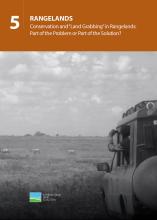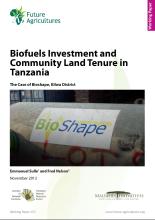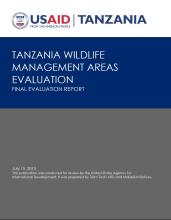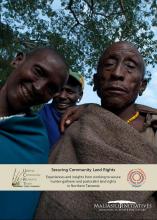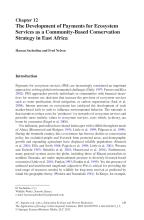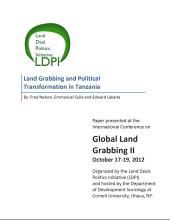Land Library
Welcome to the Land Portal Library. Explore our vast collection of open-access resources (over 74,000) including reports, journal articles, research papers, peer-reviewed publications, legal documents, videos and much more.
/ library resources
Showing items 91 through 99 of 122.Large-scale land acquisitions have increased in scale and pace due to changes in commodity markets, agricultural investment strategies, land prices, and a range of other policy and market forces.
To amend the Deeds Registries Act, 1937, so as to provide discretion in respect of the rectification of errors in the name of a person or the description of property mentioned in deeds and other documents; to provide for the issuing of certificates of registered title taking the place of deeds th
One of the most wellknown biofuel investments was that of Bioshape, which acquired approximately 34,000 ha in Kilwa District for the cultivation of jatropha.
Reversing the legacy of the 1913 Natives Land Act. The root of the land question today arises out of the pervasive process of land alienation that dispossessed the majority of South Africans of their land over the past few centuries.
The increasing importance of the Wildlife Management Areas (WMAs) in Tanzania, where 17 WMAs are now functioning and 22 others are in various stages of development, begs the question of what successes have been achieved and what challenges remain to be addressed if this Community-Based Conservati
To amend the Restitution of Land Rights Act, 1994, so as to amend the cut-off date for lodging a claim for restitution; to further regulate the appointment, tenure of office, remuneration and the terms and conditions of service of judges of the Land Claims Court; to make further provision for the
In this publication two pioneering grassroots organisations from northern Tanzania examine and present their experiences and insights from their long-term work to secure the land rights of hunter-gatherer and pastoral communities.
This paper explores the development of a pilot PES scheme in the Tarangire ecosystem of Tanzania in response to specifi c wildlife declines and policy constraints. It charts the development of this initiative from its genesis based on PES experiences in Kenya.
Like many of its neighbors, Tanzania is experiencing a well-documented surge of land grabbing related to investments in industries such as agriculture, biofuels, tourism, hunting, and forestry.

